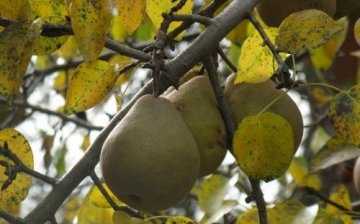How to properly prune a pear in your garden
Gardeners who have such a tree as a pear in their garden cannot help but worry about how to properly prune a pear. The most suitable time for pruning this tree is spring, when the buds have not yet blossomed. But it must be borne in mind that this action is unnecessary if the tree is correctly formed, is in good condition, and pleases its owners with a high-quality harvest.
Now let's take a closer look at how to properly cut a pear. To do this, it will not be superfluous to adhere to the following recommendations.
- Do not cut the tree too much at a time. This is fraught with the formation of powerful, growing in a vertical direction, shoots that are capable of catching up with, or even overtaking, the previous crown in a couple of years.
- When removing branches, it is undesirable to leave stumps for the reason that wounds will heal worse with them. On the hemp, the bark will gradually dry out, which leads first to the exposure of the wood, and then to the formation of hollows.
- To avoid scuffing the bark when pruning, you should initially cut the branch from the bottom and only then start cutting from the top. In this case, the reference point should be the place where the annular inundation is located.
- It is better to remove a heavy large branch in parts. You need to start with as deep as possible, sawing the branch from below. Moreover, the distance from the base should be 20-30 cm. The next step is to start cutting it a little further from above. The branch should break off from its weight. It remains to remove the remainder on the ring.
- The execution of the cuts should be characterized by their as small and even surface as possible.
- Places of cuts must be covered immediately. For these purposes, a garden pitch or paint on natural linseed oil is suitable. Otherwise, the tree may cry when the time comes for sap flow, which will help weaken it and attract harmful insects.



